Summary
- Shoujo anime has evolved from cute romances to exploring complex themes, attracting a diverse audience.
- Over the years, the genre transitioned from fairy-tale romance to action-packed fantasy with strong female leads.
- Recent shoujo anime address modern issues like trauma, healing, and self-acceptance, resonating with fans worldwide.
Shoujo anime that originally targeted adolescent girls has evolved widely to be a popular genre of anime nowadays. The role that the particular genre plays in storytelling and representation of relationships cannot, therefore, be overemphasized. First, the magazine provided readers with a dream of a beautiful, happy, and romantic love, but soon followed recognizable Japanese and international women’s reality. Whereas shoujo anime were strictly cute and romantic anime, emphasizing the feeling that women need and the emotional storyline, at present, a variety of themes are depicted, and a large audience of young people and even those not residing in Japan is engaged.
Shoujo anime has evolved over the years to include various aspects from the fairy-tale-like romance stories of the 1980s to the fantastic and action fiction of the recent decade. As a result, each era brought its own changes corresponding to the predominant culture, liking and concern to develop into what is now a highly influential global phenomenon of anime. Indeed, shoujo anime is one of the most recognizable and culturally prominent genres that have evolved since the middle of the 20th century. Now it is high time to consider the description of this television program, its development throughout the years, important programs, and its impact on viewers, particularly young people.
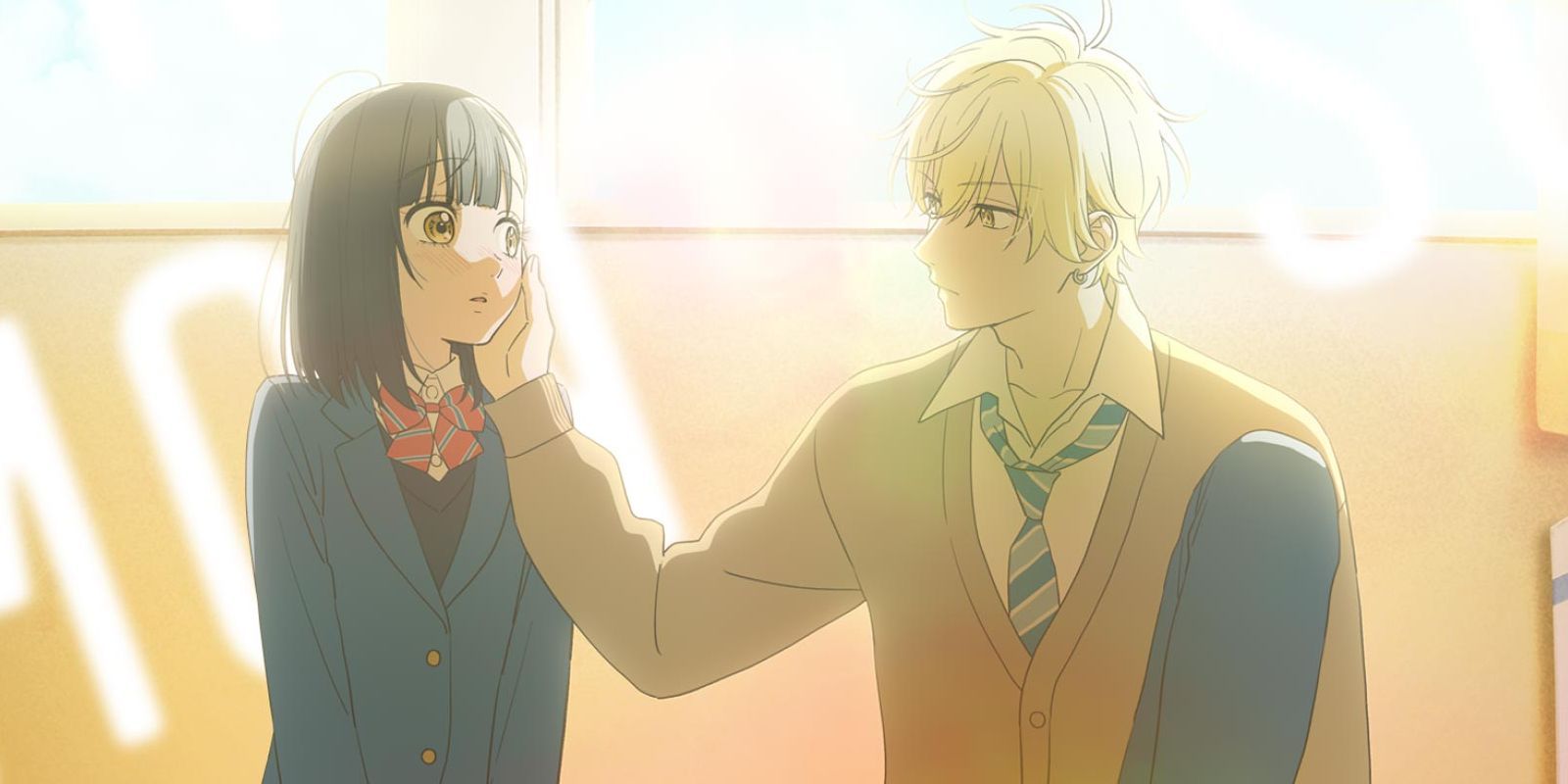
Popular Winter 2025 Shoujo Anime Is Getting An English Dub
Honey Lemon Soda English dub is reaching Crunchyroll sooner than expected!
The Early Days of Shoujo Anime: The Sweet Start
The Blossoming of a Romantic Genre
Shoujo anime started around as early as the 1950s and early 1960s, with anime as a form of entertainment not well-developed yet. When anime started, it was mostly a program for young boys; however, the start of the anime for young girls was soon initiated. It was in 1963 that Astro Boy, a science fiction show, set the basis for a plethora of other sub-genres that followed, but it took two other sublime shows, such as Sally the Witch (1966) and Princess Knight (1967), to establish the elements of shoujo anime. These shows started presenting female roles that young girls could identify with and emulate, and in most cases these characters were beautiful, pure and strong, but above all endowed with a love interest.
Many elements of the plot and theme were progressive; the main character was a girl who was not just there to be a love interest as well as being a hero. This was something significant about the show for young, mainly female readers, as it offered them a leading lady who was daring and powerful but not overtly muscular in any way. Following the series, many other series proved that the shoujo anime was not only love stories but could also open deeper vistas in the main female character’s soul, her character and her change through relationships and family and friendship.
The 1980s: Shoujo Anime Takes a Bold Leap
From High School Love to the Magical Realm
From the beginning of the 1980s, there has been a shift in the development of the shoujo type of anime, especially through the introduction of magical girls. Sailor Moon (1992) could be regarded as the most prominent series that contributed to the definition of the genre. Filled with action, romance, friendship and a bit of magic, the film appealed to the Japanese audience as well as the global audience. The show presented the idea of a group of ladies who fight evil and combine the process of development and the spirit of adventurousness.
But it was not only about the story of saving the world in those years; the themes of shoujo anime also began to become more complex. As for the anime series, Revolutionary Girl Utena (1997) will remain an example of shoujo anime that raised such controversial issues as gender identity, power relations, and disobedience against traditions. The meaning and themes of Japanese shoujo arts had shifted quite significantly by this time, as they were no longer love and more of hormonal pulls but social issues as well. These series began to apply to a larger group of viewers as they were suitable for older teenagers and young adults; however, the shows’ theme was more emotional.
The 2000s: A Period of Exploration and Diversification
Shoujo Gets Real (And a Little More Spicy)
The 2000s was a period where both traditional shoujo romance and new wave, darker stories flooded the market. Such work may involve Nana (2006), where characters in the show depict true relationships, love, loss and struggle compared to the previous shows. It is a story of two women named Nana who portray relationships and job issues that affect every woman and particular celebrities involving love and struggle.
Another show that belongs to this period is a romantic comedy named Ouran High School Host Club (2006). In this show, the author plays with many clichés of the shoujo genre yet does not deny them completely. The series is about determining class culture and gender identities, which describes a young girl who joins a boys-only school and develops relationships with a gang of handsome boys. Often addressing important social issues, Ouran High School Host Club became a comedy/romance anime that got many spectators from all over the world.
Normally, I hate people who whine all the time, but in your case, it would be OK to complain…. It’s OK to let yourself be sad. – Kyo Sohma, Fruits Basket
Another noteworthy series that aired during the same era is Peach Girl, although it started off in the late 90s, but the 2000s was when it really took off. It is a high school romance drama in which love triangles can be considered a kind of conflict. This series can be named for the toxicity of relationships, friendship, and betrayal at the same time, and the series is filled with components of self-esteem, body image, and social pressure. She was merely seventeen years old, and this simple theme of a love story was not sweet, tidy, and clean but filled with passion, drama and troubles that their young readers could understand and relate to.
The 2010s: The Era of Strong Female Leads and Shifting Tropes
Shoujo’s New Direction: For Better or for Worse?
During the 2010s, there was a significant change in shoujo anime, with a new focus on strong female characters and non-stereotyped roles. An example of shows from this period is Yona of the Dawn, which aired in the year 2014. It is based on the journey of Yona, a princess who goes in search of her identity after she is betrayed. Unlike most previous shoujo protagonists, Yona identifies herself not for the sake of love affairs—her personal development into a leader and a character is the primary focus of the show—it is one of the reasons why the series attracts more mature and individual heroines.
Recently, Fruits Basket (2019) returned as a remake of a popular anime series from shoujo manga which aired in the early 2000s and tells the story of Tohru Honda and her relationship with the cursed Sohma family. These themes of trauma, healing, and their development—self acceptance The series not only brought the emotions of fans on a roller coaster, but it did so in a way that was familiar yet innovative.
What Good Are Dreams If All You Do Is Work? There’s More To Life Than Hitting The Books, I Hope You Know. – Tamaki Suoh, Ouran High School Host Club
Another outstanding product of this year’s show is The Lovely Complex, which is about a rather odd pair of a girl, who is unusually tall, and a boy, who is unfortunately short, and who have to fight with their complexes of tallness and shortness. The importance of this series is that it addresses the real-life issues of how society makes people believe that some are worthless. On its own, the movie poses simple lessons of self-acceptance and self-compassion, due to the humor and the characterization that the audience can easily identify with.
Modern Shoujo: Bold, Diverse, and Here to Stay
Why Shoujo Anime Resonates with Fans: A Connection Beyond the Screen
Recently, anime writers expanded the shoujo genre further and decided to add different narratives to the shoujo anime, such as The Ancient Magus’ Bride (2017) and Banana Fish (2018). The first is a fantasy and romance anime with themes such as trauma and the process of healing; the second is a crime-thriller anime with elements of romance and action, which only proves that shoujo anime is not limited to a specific genre only.
Besides the issues of genre blurring, the portrayal of shoujo anime has a unbiased representation of modern society as opposed to the traditional shoujo orientation. Kakuriyo: Bed & Breakfast for Spirits (2018) to give examples, depict various aspects of the culture and offer otherwise unavailable narratives so that the global shoujo anime theme remains quite diverse and engaging.
Shoujo Anime in the Age of Representation
It suggests that fans watch Shoujo anime not only for the tenderness of love stories but also for messages that are relevant to individual change, discovery of self, and interpersonal connections. Teenagers, in particular, relate to these themes most of the time as they struggle with their own feelings and development. Such aspects as strong and independent female characters, the TV show’s focus on the realistic representation of issues and emotions make shoujo anime indeed very useful in a person’s self-exploration.
That is exactly why, even today, shoujo anime can be a very popular genre – it has been adapted to the present day, yet it still remains a love story, the discovery of the world, and the search for one’s place in it. Whether it is a strong heroine like Yona or an anime like Fruits Basket which explores various emotions or Peach Girl that makes fans enviable with the love triangles it brings, then shoujo anime feels like they always convey our emotions for us in one way or the other.
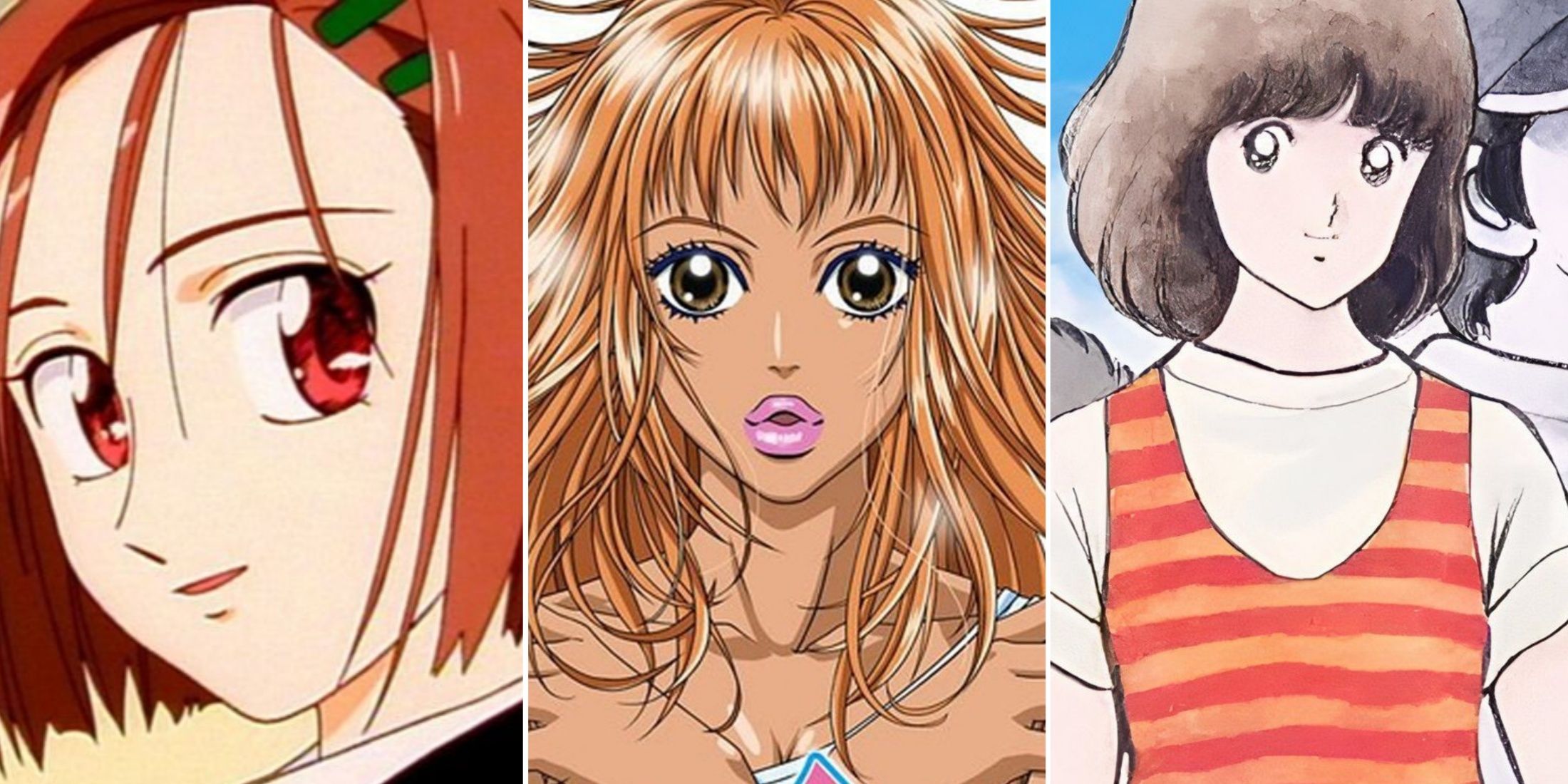
10 Old Romance Anime That Need Remakes
The following romance anime are perfect candidates for a remake as parts of the shows have become outdated.
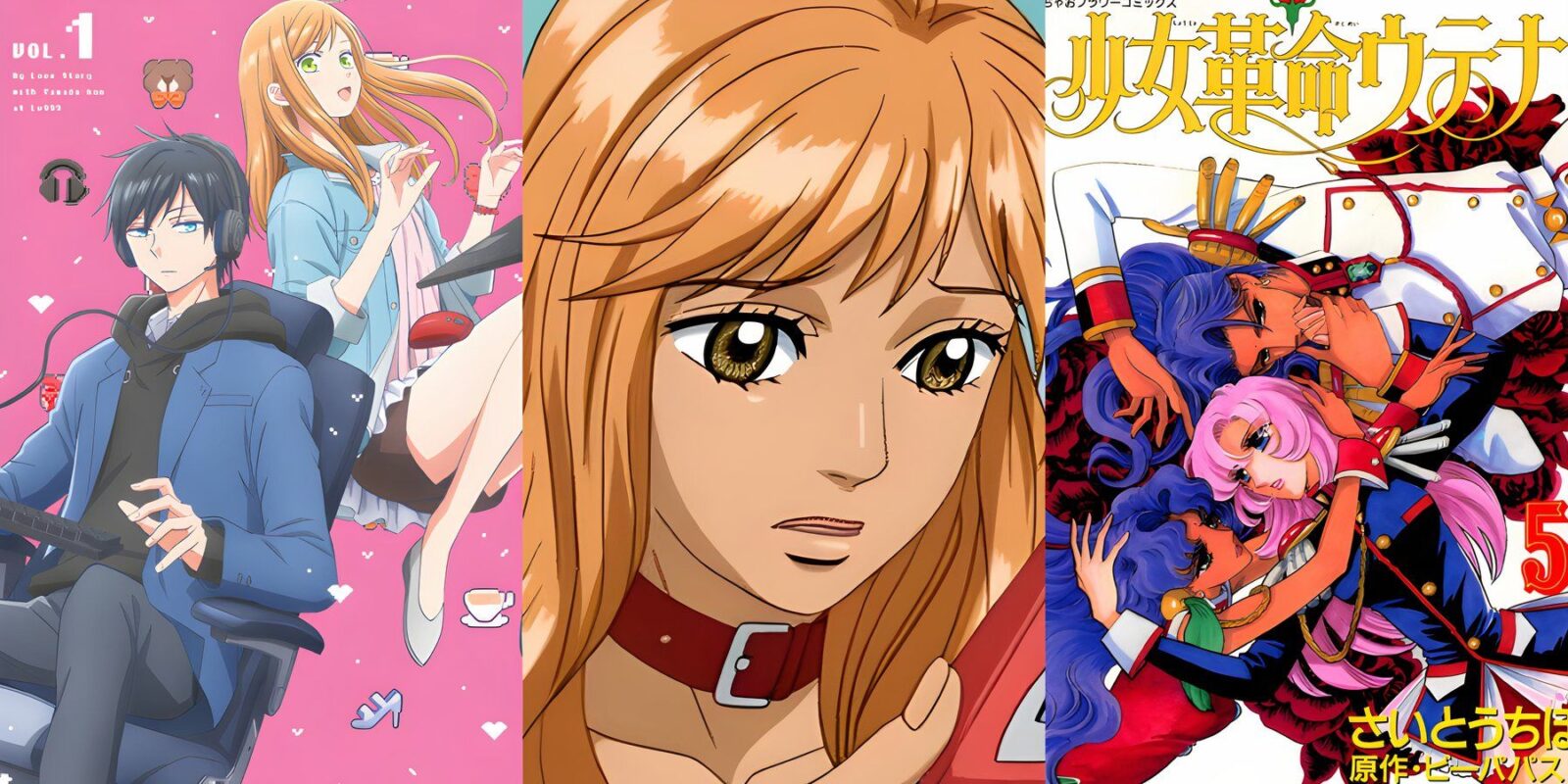

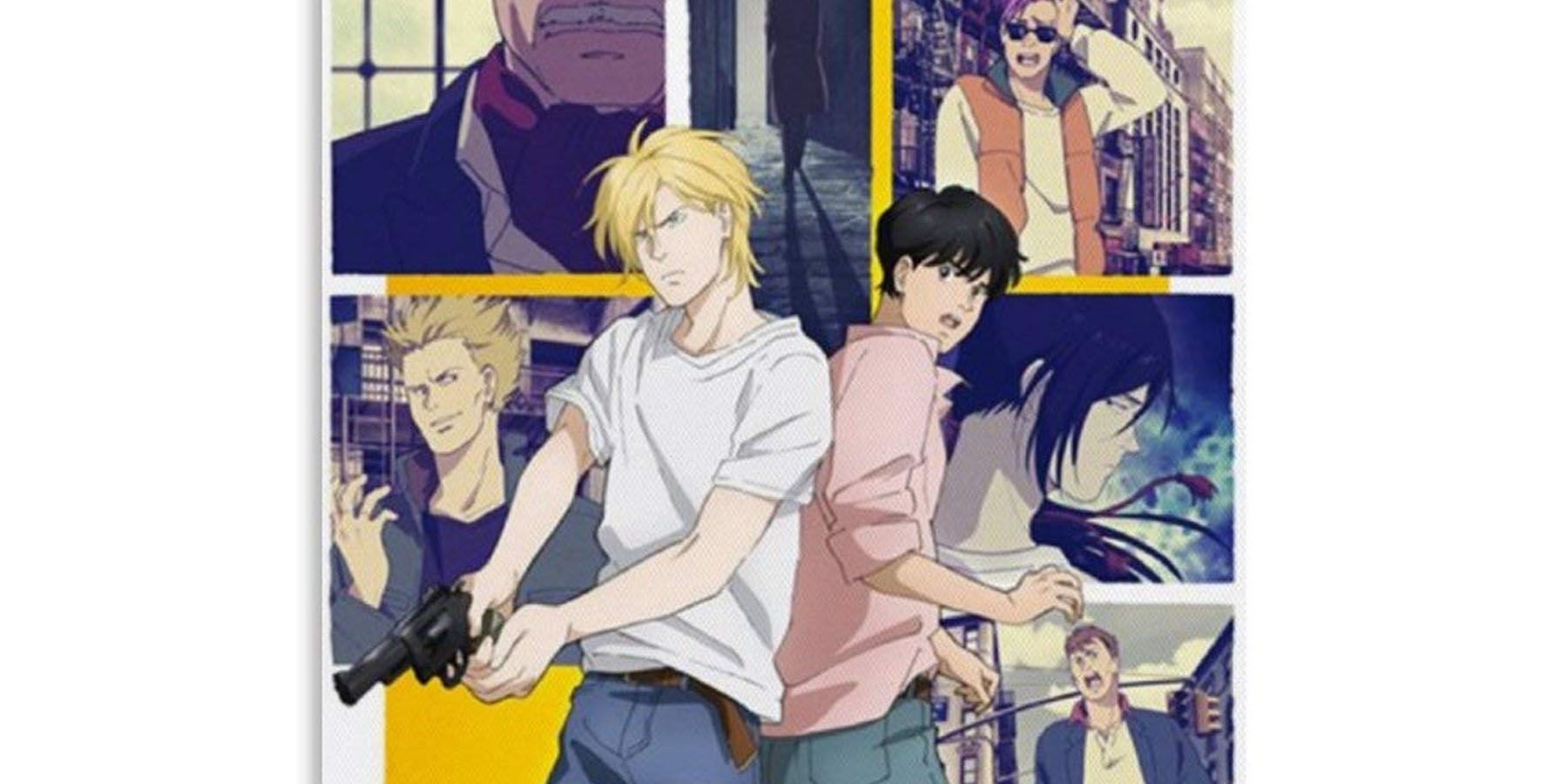
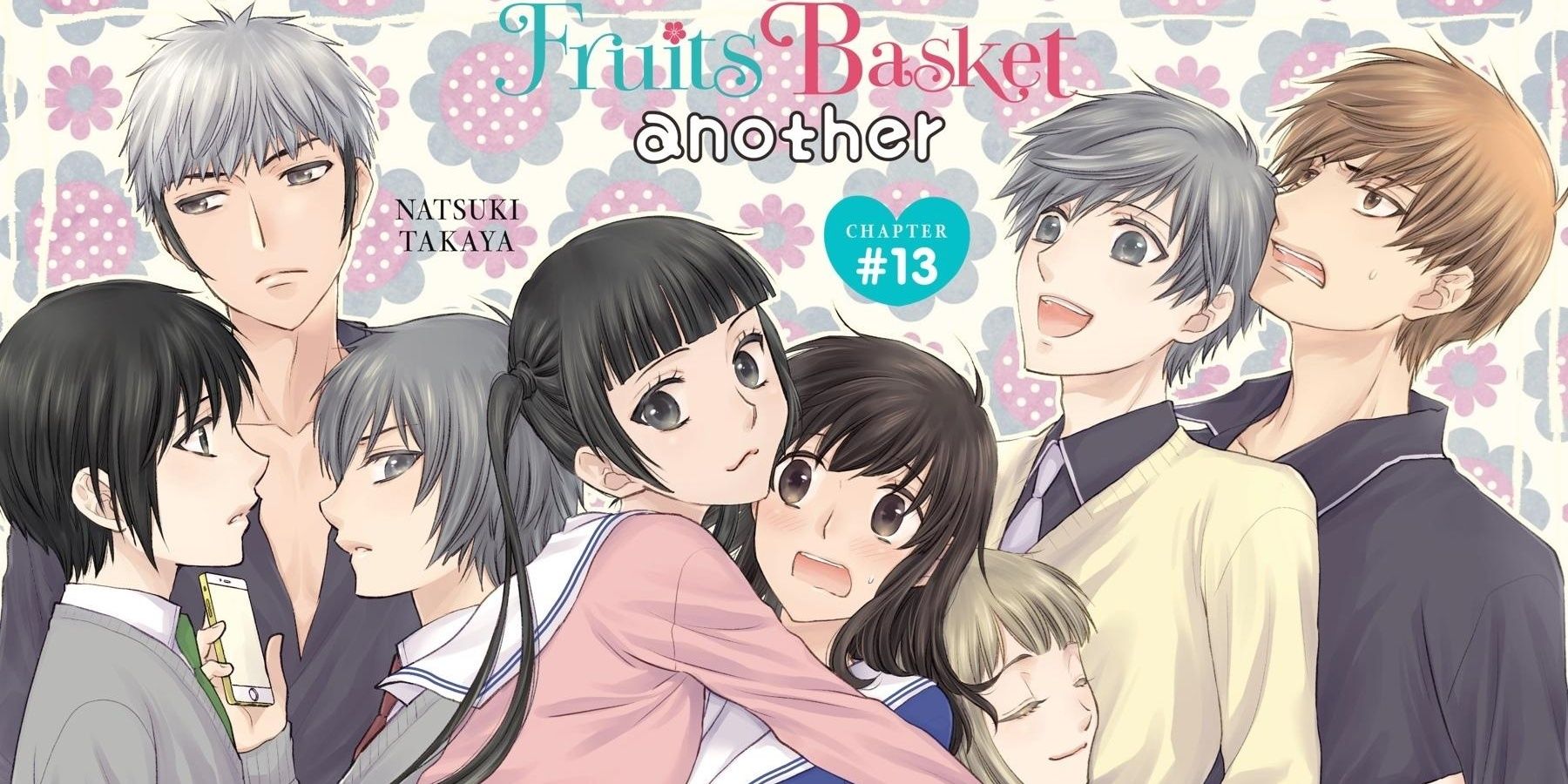



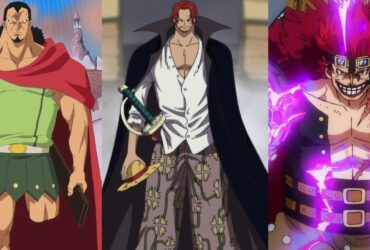


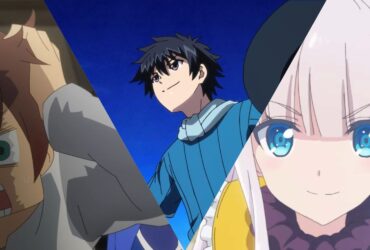


Leave a Reply